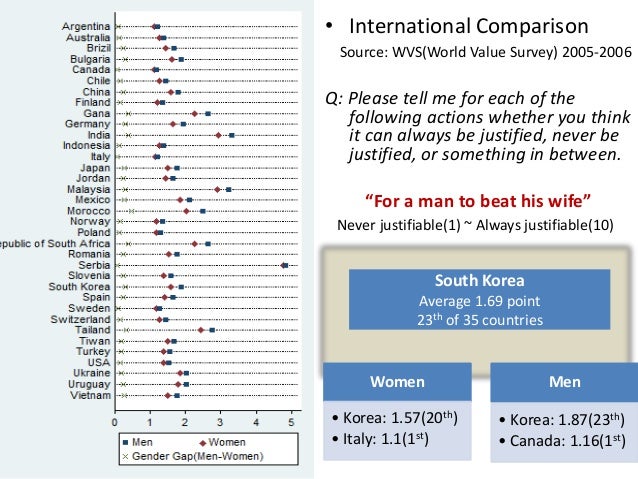
This is useful in representing the same shapes on the surface of the Earth with latitude and longitude coordinates. Geography stores spatial data based on a round-earth coordinate system. This helps us represent shapes like points, lines, and regions with their coordinates in cartesian space. Geometry stores spatial data on a flat coordinate system. A datum is a set of parameters that define the position of the origin, the scale, and the orientation of a coordinate system.īroadly speaking, many databases supporting spatial data divide them into two categories, geometry, and geography: There are several coordinate systems like affine, cylindrical, cartesian, ellipsoidal, linear, polar, spherical, and vertical. This is composed of a coordinate system and a datum.

We normally talk about spatial data with respect to a spatial reference system. We'll cover some of these data types and the operations we can perform on them.

Moreover, we can perform several interesting queries on them to serve unique requirements. Now that we understand the challenges in dealing with spatial data, it's important to note several types of spatial data. They involve geometric data types and consider the spatial relationship between these geometries. Such queries are quite atypical of regular database queries we're familiar with. So, we need to compute the distance from this location to all the possible locations. Now, what we're really interested in is to find the nearby locations to a given location. A location is typically described by its latitude, longitude, and (possibly) elevation: Let's imagine that we have several locations of interest around a city. Basically, spatial data represents objects defined in geometric space. Now, it's also important to understand the nature of spatial data and why it requires special handling. So basically, one of the underpinning requirements of a geospatial application is storing tons of geospatial data and facilitating arbitrary queries with very low latency. For instance, finding the quickest alternate route to a recent hit place with a natural disaster is crucial for first responders.

Typically, geospatial applications require real-time analysis of a large volume of geospatial data. To understand what design choices we should make when building a geospatial application, it's important to know the challenges involved.


 0 kommentar(er)
0 kommentar(er)
